Description of the unit of measurement lux and its relationship to the lumen
Lux is the basic unit of measurement in designing and checking illuminance norms in all kinds of rooms, as well as in the street. Lx in lighting is used as an indicator with which you can ensure the normal performance of any work. The main thing is to choose lighting in accordance with the standards established by SNiP and SP.
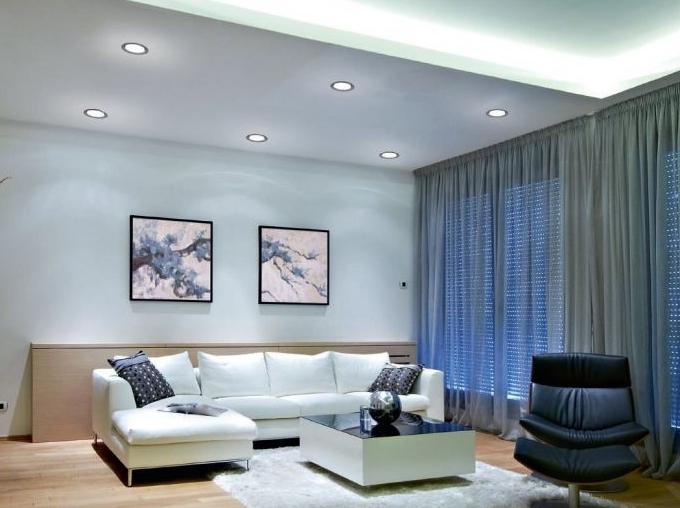
What is lux
Deciphering Lk in lighting means lux, to understand the term is not difficult. It is used to ration light. If you violate the recommended rules, it will have a negative impact on vision. A person will be much faster tired or because of the excessive brightness will hurt your eyes. All the basic indicators are in SP 52.13330.2016., it is the main regulatory document, which is guided by all Russian designers.
There are two main indicators - lux and lumens, not many people understand the difference, although everything is simple:
- Lumens (Lm) - a unit of measurement luminous fluxused in the international system of physical quantities. It is equal to the flux coming from a point source with a light intensity of 1 candela. That is, it reflects the total luminous flux coming from the lamp. It does not take into account the concentration of light due to the reflector or its useless scattering in all directions.
- Lux unit of measurement of illuminance, which is part of the international system. It is equal to the illuminance of an area of one square meter with light intensity of 1 lumen. If 200 lumens falls on a square meter, the illuminance is equal to 200 lux. If the light is spread over 10 square meters, the illuminance is 20 lux.
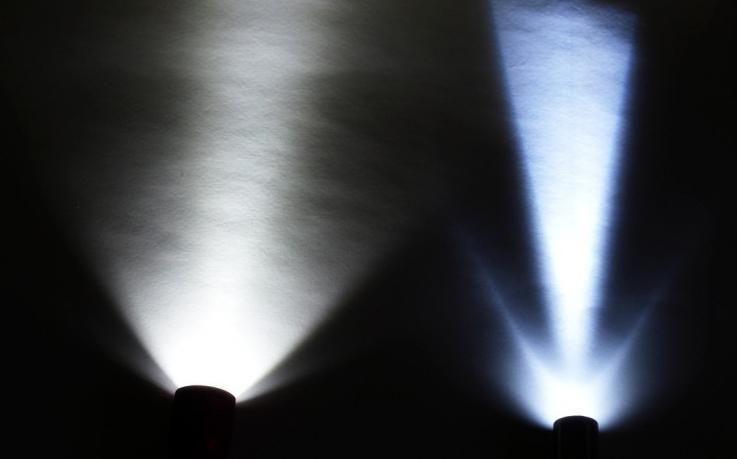
The standards of illumination in Europe are orders of magnitude higher than in Russia.
Norms of illumination in different types of premises
In SNiP regulate all the main indicators. It is necessary to find the type of room in order to know the minimum allowable value, from which the design should be based. At the same range can be quite large, it all depends on the specifics of the work and other features. Below is the illuminance in lux - the table shows the values for the main types of rooms.
| Room | Illuminance Limit, in lux |
| Office areas where people work at computers or with documents | 300 |
| Meeting rooms, conference rooms | 200 |
| Staircases, escalators | 50-100 |
| Corridors, hallways | 50-75 |
| Storerooms, utility rooms | 50 |
| Drawing rooms | 500 |
| Living rooms and kitchens | 150 |
| Children rooms and play areas | 200 |
| Libraries, offices | 300 |
| Bathrooms, bathrooms, apartment corridors | 50 |
| Saunas, baths, swimming pools | 100 |
| Classrooms | 400 |
| Gyms | 200 |
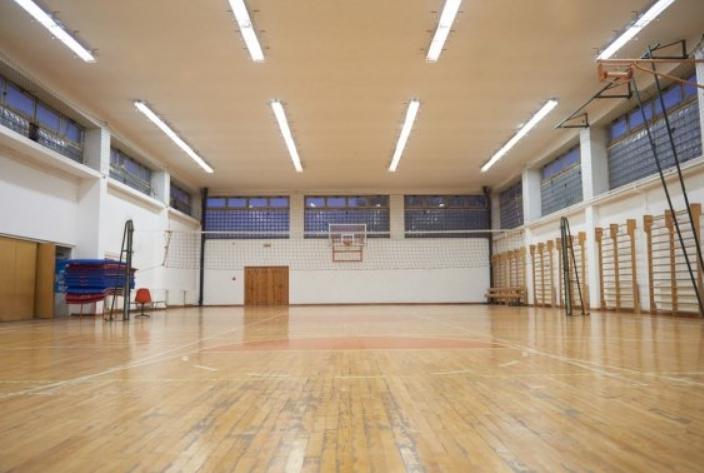
There are values for other areas. With regard to manufacturing facilities and workshops, there is a gradation on the accuracy of work performed. Depending on this the illuminance can vary from 50 to 5000 lux and even more. Both local and general illumination are required, both parameters are equally important.
Scale of illuminance in lux
Another option can be used to determine the appropriate light regime - the illuminance scale. It establishes recommended values depending on the activity performed.
| Occupation | Recommended level of illumination |
| Places with dark surroundings | 30 to 50 |
| Areas and rooms not permanently occupied | 100-200 |
| Areas with a limited visual load | 200-500 |
| Sites with moderate visual work requirements | 500-1000 |
| Jobs with high luminance requirements | From 1000 to 2000 |
| Precise work | 2000-5000 |
| Ultra-precision work | From 5000 to 10000 |
| Rooms with special lighting requirements (e.g. operating theatres) | 10000-20000 |
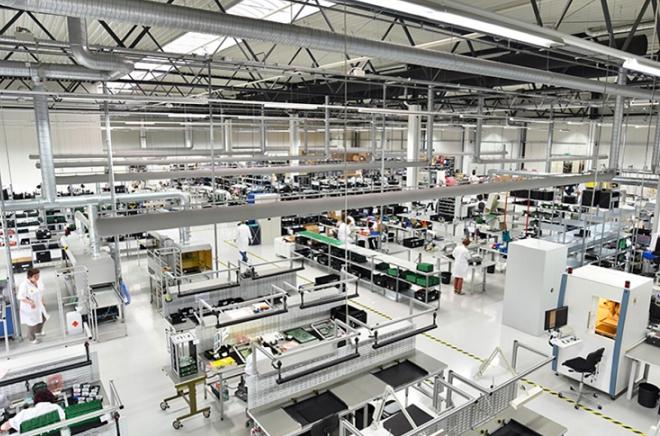
There can be several different zones in one room if this is required for normal operation.
Minimum illuminance in lux
If the specified lamp power in watts, it is necessary to translate the values into lux, because the norms are specified just for them. There is information about how many lux in 1 watt of different light sources, so it is easy to make calculations. As for the minimum illumination, the data specified in SNIP is the lower rate, which is worth focusing on.
Light can be brighter than the standards, in this regard, there are no special restrictions. The main thing is not to be uncomfortable for the eyes. But as for indicators below the set value, the allowable difference is no more than 10%. This is the absolute minimum, below which you can not go.
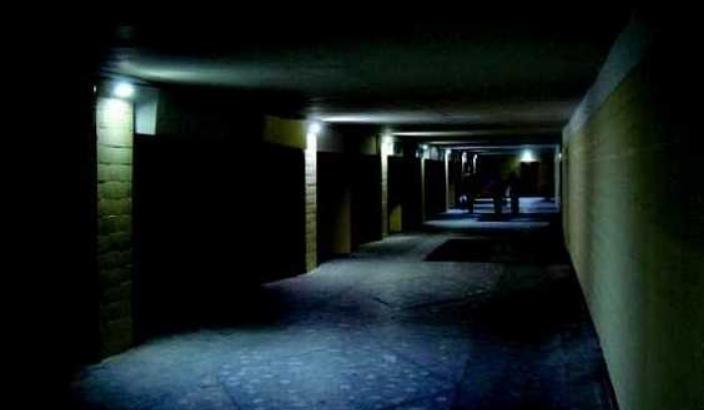
How to determine the illuminance in lux
Calculations do not take much time if you know at least the power of the lamp in lumens. This differs for different light sources. And if the packages of LED and fluorescent products have all the necessary information, the incandescent lamps may not have it. But to calculate the light intensity in lumens is not difficult - the power in watts is multiplied by 12. So, a 100-watt variant produces about 1200 lumens.
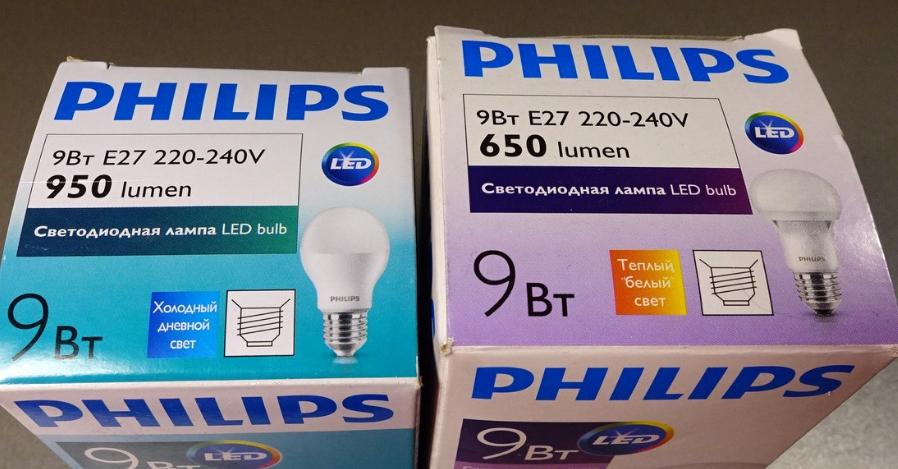
For to determine the illuminance without using equipment you should know the total power of the luminaire and the area to which the light applies. On this basis, to calculate an approximate value is not difficult. However, you should understand that the result is approximate, because it can not take into account the loss of light flux and the peculiarities of its distribution by the diffuser.
You should also remember that in the daytime the room is penetrated natural light through the window openings. This affects the illumination, the values will be much higher even on not the sunniest day.
In contrast to artificial natural light depends on a number of conditions - cloud cover, region, location of buildings and trees nearby. To assess the quality of light, the KEO (coefficient of natural illumination) is used, which is measured at floor level at a distance of 1 meter from the wall opposite the window openings.
Devices for measuring illumination
Measurements are made with Luxmeter .. This is a special device with a photocell, the conductivity of which depends on the amount of light hitting it. To conduct inspections, it is necessary to use equipment with an error not exceeding 10%, this requirement is established by the GOST standards.
The device usually consists of an electronic module with a screen and a tuning unit and a photocell attached to a flexible wire. Such design allows you to check the indicators in any place, it is enough to stretch out your hand.
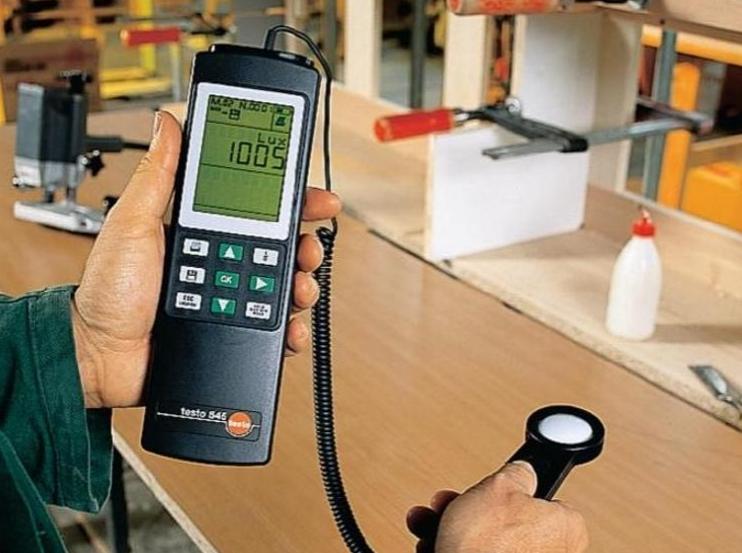
By the way! It is important to observe the conditions of measurement. If it is an office, classroom or other similar places, you should check the illumination at about desk level, usually at 80 cm from the floor. For stairs, corridors and roads, measurements are taken at ground level.
You can check the brightness with a camera by taking a picture of a white sheet and checking the aperture and shutter speed.
In the video, the lighting designer, will talk in detail about concepts such as "Illuminance" and "Luminous flux".
Lux is used when assessing the illuminance of all rooms, as it is the easiest option for checking whether the light meets the established standards. If everything is designed correctly, the best conditions for human vision will be created.